The original Pinocchio story is an Italian, classic, and memorable tale for children. It was written by Carlo Collodi in 1883 and is about a wooden puppet, who wants to become a “real boy” and experiences unimaginable adventures. This time, Del Toro offers us a unique turn to a colorful and cheery plot.
As with any other tale, Collodi focuses on moral lessons. Its main themes are lying, disobedience, and what it takes to be considered a “real person”. While the morality of this story is that one shouldn’t lie by showing how Pinocchio’s nose grows, it also shows the viewers how one can get entangled in a series of lies and not be able to keep up; making it obvious that “one’s nose is growing”. Moreover, one must always be obedient, if not one might face difficulties or trouble.
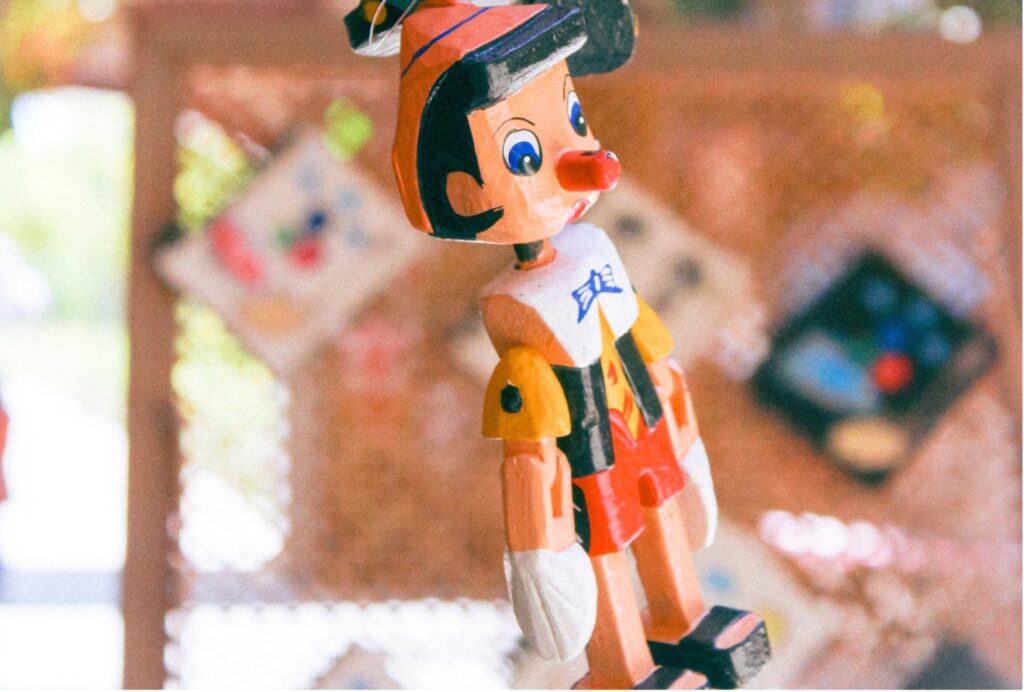
Personally, contemplating what makes someone a real person is the most intriguing part of the plot. The moralist perspective of Collodi is that Pinocchio has to prove he can separate himself from his ego to proclaim himself as a real boy. He must also show courage and honesty. Now… If we get all philosophical about it (this is the reason why it’s my favorite topic, I can speculate) we can say that Pinocchio is already a real boy; even with an ego, dishonesty, and cowardness. Why? René Descartes dictated in Discourse on Method (1637) Cogito Ergo Sum (Descartes in Encyclopaedia Britannica) which comes from the Latin phrase, I think therefore I am. If we think about it, Pinocchio already has the capacity to think and, most importantly, to reason. He understands the self, can think by himself, and knows he has a desire, which is to be a real boy. He still doesn’t consider himself a real boy because he is made of wood and has the rational competence to compare himself to others. Pinocchio thinks; therefore, Pinocchio exists. Now obviously the morals of the story are about how existing is not enough to be considered a real person. It has a whimsical and light-hearted tone that narrates Pinocchio’s learnings and how they translate to moralize its readers, especially children. What if someone could tell us the same story without lecturing us on what makes a real boy and teaching us how to respect our own individuality by analyzing 19th-century Italian Fascism?

Guillermo del Toro is an outstandingly creative person; he managed to tell audiences how to question individuality while presenting the harsh possibilities of life. He gave Pinocchio an interesting twist and chose Italian Fascism, while most countries don’t face Fascism currently, so many present things in fascism remain, like societies trying to categorize people and personalities while undermining their uniqueness or complexity. Most importantly, he has a specific tone of narrating with fanciful metaphors while being dark and realistic, NOT CONDESCENDING, and allowing viewers to explore deeper levels of thought with complicated socio-political perspectives.
The Cambridge Dictionary defines Fascism as
A political system based on a very powerful leader, state control, and being extremely proud of country and race, and in which political opposition is not allowed.
We could also argue that fascism is composed of ultranationalism, militarism, authoritative orders, and ironically (because Benito Mussolini was originally a socialist leader), far-right political views.
In 1914, Benito Mussolini started the political movement Fascio d’Azione Rivoluzionaria (Fasces of the Revolutionary Action) when he wanted Italy to join the European War, which later became the First World War. Mussolini led speeches and rallies to his followers with the intention to overthrow the government. He used the word “fasces” because it was a Roman weapon used to punish wrongdoers to reinforce the state authority. Mussolini firmly believed Italians needed to organize themselves not by social class, but by a common national identity. He believed a ruthless dictator was needed to restore Italy’s national identity.
All these historic events are part of Del Toro’s inspiration for a darker and more mature adaptation of the most famous wooden puppet in the world. In his re-imagination of the plot, Pinocchio (Gregory Mann) faces a world filled with cruelty, danger, and horrors from an alcoholic grieving father to an ongoing war. As Pinocchio finds himself in a corrupt and violent society corrupted by fascism, he comes across challenging situations where he shows integrity, bravery, courage, initiative, and determination. In his path, he learns about the complexities of human nature, the causes for effects, and what consequences result from them. Most importantly, he learns the relevance of being an empathetic and compassionate being. At first, he judges Geppetto (David Bradley) harshly until he understands the root of his grief is the loss of his beloved boy. Then, he judges Candlewick (Finn Wolfhard) until he comprehends, he is just a boy going through adolescence, coming of age, and is constantly seeking his father’s approval.
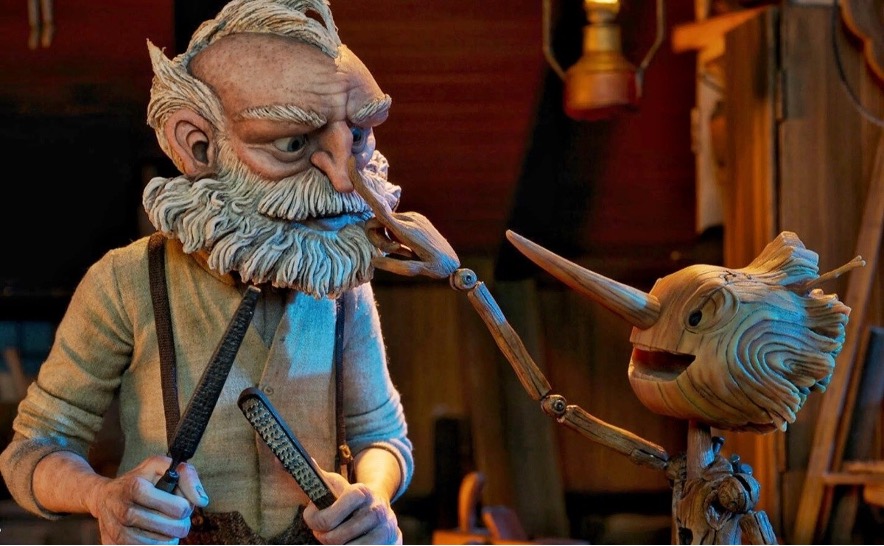
Pinocchio is guided by Cricket (Ewan McGregor), a bitter writer, upset because his house was chopped down to create a puppet that became a boy. When Cricket eventually accepts his destiny and conforms to living in Pinocchio’s heart, he tries to be a guide for him, yet he ends up learning more about life from him than the other way around. My favorite character, Wood Sprite (Tilda Swinton) has multiple purposes in the story. She is a symbol of nature and magic. She adds an enchanting touch to emphasize the fantastical realm in which Pinocchio’s voyage occurs. As a guide and mentor, she offers invaluable and wise advice. It serves as a moral compass, allowing Pinocchio to think deeper than a puppet. In other words, she provides Pinocchio with critical advice for him to discern as a genuine boy would. Wood Sprite also represents the innocence, purity, and goodness that Pinocchio eventually gains from interacting with her, more specifically, he grasps the meaning of making right-minded decisions.
Wood Sprite symbolizes a glimmer of hope in a deeply troubled world. It foreshadows optimism and resilience. Most importantly, she functions as a narrative piece of advice that connects parts of the story that happened in different timelines. She offers insightful perspectives and reveals crucial information.
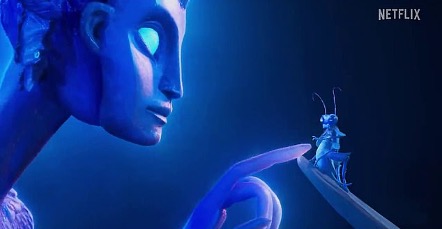
Guillermo del Toro explores with exceptional curiosity themes like identity, redemption, free will, and the power of choosing. He highlights the constant struggle between good and evil, and the decisions individuals take to confront adversity and affliction. His film is a superb allegory for the human condition and bestows social and political remarks. Consequently, Del Toro provides a mature interpretation of the classic tale whilst analyzing deeper and philosophical themes by maintaining the initial elements of Collodi’s story.
Bibliography
Blakemore, Erin. (2022, October 12). How Mussolini led Italy to fascism- and why his legacy looms today. National Geographic. https://www.nationalgeographic.com/history/article/benito-mussolini-rise-of-fascism-in-italy
Britannica, T. Editors of Encyclopaedia (2023, February 28). Cogito, ergo sum. Encyclopedia Britannica. https://www.britannica.com/topic/cogito-ergo-sum


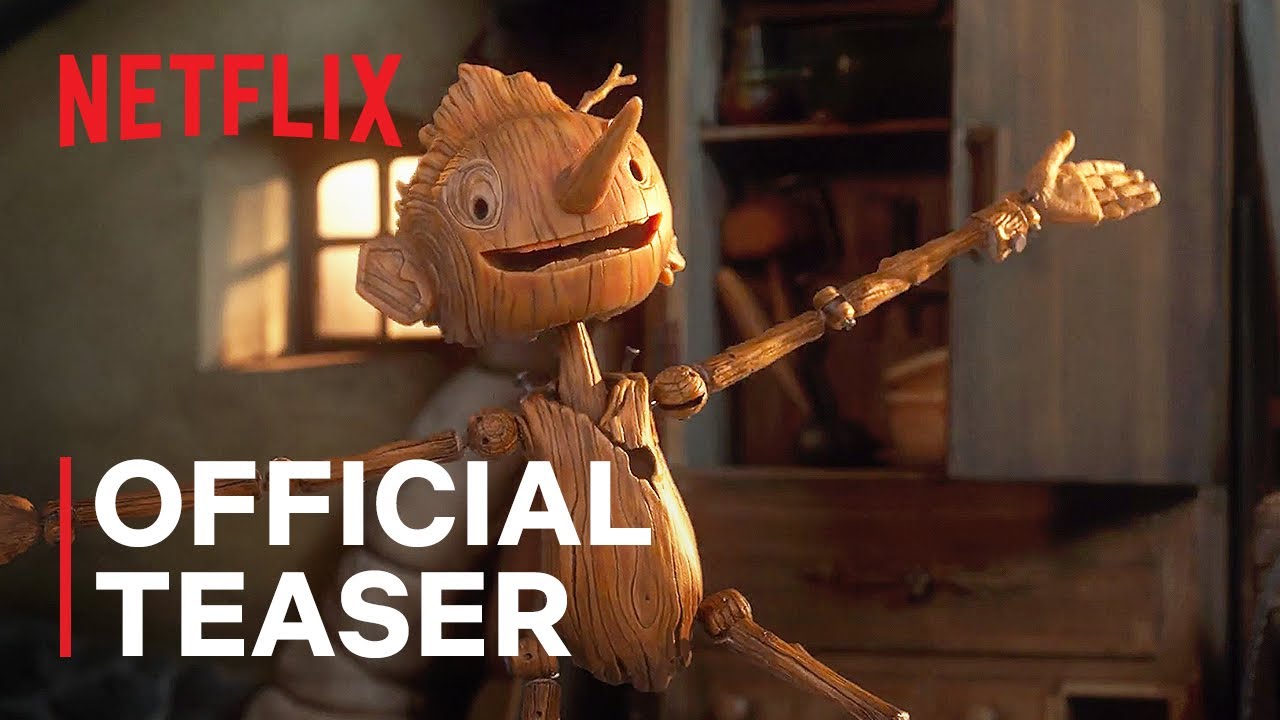

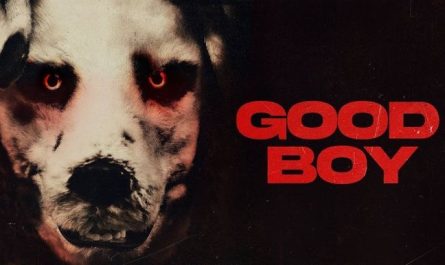
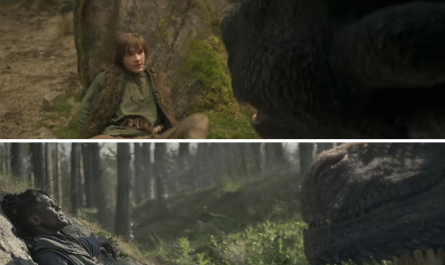
акриловая пленка для мебели акриловая пленка для мебели .
дизайнерская мебель цена https://dizajnerskaya-mebel-1.ru/ .
купить кондиционер для квартиры с установкой kondicioner-obninsk-1.ru .
дорогие натяжные потолки дорогие натяжные потолки .
ร้านตุ๊กตายาง https://th.yourdoll.com
Thank you for your sharing. I am worried that I lack creative ideas. It is your article that makes me full of hope. Thank you. But, I have a question, can you help me? https://accounts.binance.info/pl/register?ref=UM6SMJM3
spotlight casino
References:
https://srsbkn.eu.org/leorabelgrave
In dieser Online Spielhalle kann man sich allein durch dieses Treueprogramm wöchentlich bis zu 200%
Bonus sowie 100 Freispiele sichern. Im Casino erwartet die Spieler ein äußerst großes Spieleangebot.
Falls du sowohl Freispiele als auch Bonusguthaben hast, beginne
immer mit den 50 Free Spins. Für den Umsatz zählen vor allem Slots ( %), Tischspiele
meist nur anteilig. Diese Boni bieten eine attraktive Ergänzung
zum Startangebot.
Die Verdecasino 50 Free Spins bieten eine großartige Möglichkeit,
echtes Geld zu gewinnen, ohne zusätzliches Risiko einzugehen. Die meisten Freispiele im
Verde Casino sind an eine Einzahlung gebunden. Diese Regeln stellen sicher, dass Freispiele nicht sofort in Echtgeld umgewandelt und
ausgezahlt werden können, sondern zuerst im Casino umgesetzt werden. Hier
ist eine Schritt-für-Schritt-Anleitung, um deine Freispiele effizient einzusetzen und deine Gewinnchancen zu maximieren.
Nachdem du deine Casino 50 Free Spins erhalten hast,
ist es wichtig zu wissen, wie du sie optimal nutzen kannst.
References:
https://online-spielhallen.de/kostenlose-casino-spiele-online-ohne-anmeldung-direkt-spielen/
Since the admin of this web page is working, no hesitation very rapidly it will be well-known, due to its feature contents.
Tham gia 888slot com là một quá trình đơn giản, nhanh chóng và bảo mật. Với giao diện được thiết kế tối ưu cho người dùng Việt Nam, việc bắt đầu trải nghiệm nhà cái đổi thưởng trở nên dễ dàng ngay cả với những người mới làm quen với thế giới giải trí trực tuyến. TONY12-23